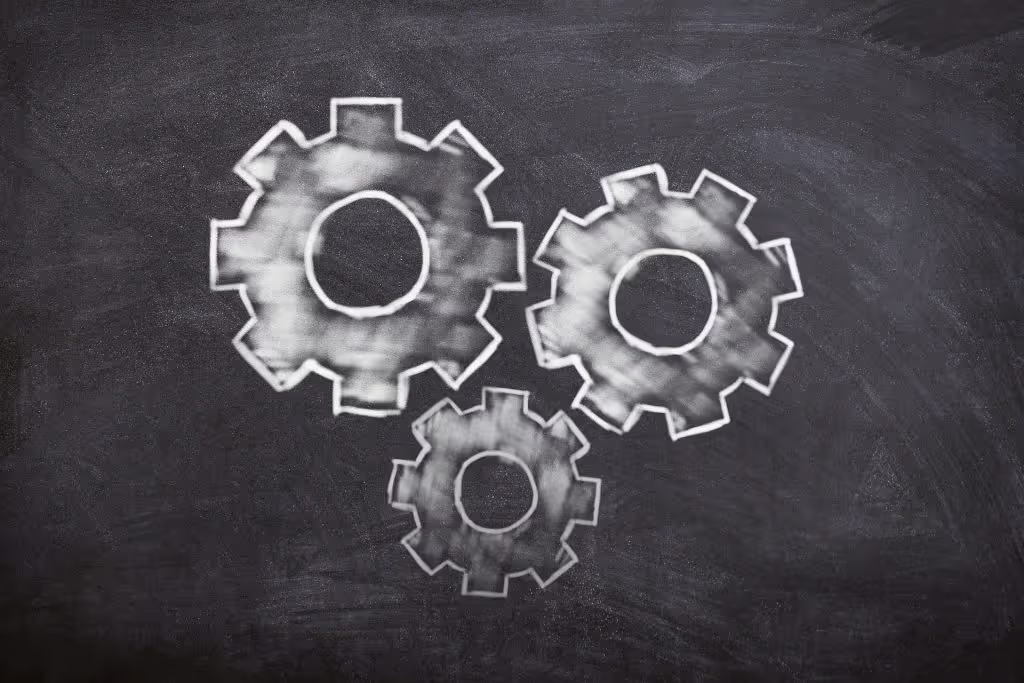We are excited to bring you the very first post in The eContract Bulletin – a weekly update designed to give you a clear and comprehensive understanding of the Law of eContracts, electronic signatures, electronic evidence and digital stamping in India.
As mentioned in our Publishing Plan, the first few posts will focus on the Laws of eSign – dissecting the innards of the laws governing electronic signatures in India – validity and enforceablity.
In this piece, a slightly philosophical question “What is a Signature?” and examine the role of the “signature” in contract formation.
Answering this question provides a vital foundation for understanding electronic signature laws in India.
But first a small story.
I was on a catchup Zoom call with some college friends the other day and I made them an offer. I told them I would give them Rs. 500 if they correctly answered the question – “what is a signature?”.
They looked at me funny.
They told me – “You’re giving away free money”
I said “let’s see, give me your answers”.
All of them laughed and gave their answers. Without fail, all their answers went something like this – “a signature is a personalized depiction of a person’s name or initials marked on a piece of paper with ink or drawn on a stylus digitally”
Now it was my turn to laugh and walk away (or rather “leave the Zoom meeting”) – with my wallet intact.
You may be puzzled.
Why were they wrong? Isn’t what they said LITERALLY the definition of a “signature”?
By the end of this post, you will understand why they were wrong. But first, another story.
Akansha’s Story
Akansha was happy and relieved.
Her application for a two wheeler loan had just been approved by her Bank.
Her office was commencing work-from-office for 3 days a week – but taking the metro was out of the question now.
So she really needed this two wheeler loan to come through – to give her mobility and freedom.

Now that it was approved, she could now finally purchase that Bajaj Chetak that she had been eyeing since the end of the lockdown.
An agent from her Bank visited her house with the loan documentation.
The Loan Documents record the terms and conditions for the loan. Some key ones:
- Disbursal amount
- Repayment Schedule
- Rights of Bank X in the event of default by Akansha
- Rights of Akansha w.r.t the loan disbursal
But despite this the agreement is not complete.
Akansha takes a blue ball-point pen out of her pocket and goes through the voluminous sheaf of papers in front of her.
On each page, she scribbles her signature in the designated spots on each page of the 40 page loan booklet.
This process of signing is something she is intimately familiar with. She’s done it for many things – for getting a gas connection, for starting her new job , for her new Airtel SIM and even for getting her marriage registered.
After flipping through the Bank’s loan booklet once more – she realises she has missed a spot. She makes her trademark wavy flourish signature in the vacant box.
The Agreement is now complete.

There is something that sticks out above. The Agreement was finalized even before the Bank agent walked into Akansha’s house. Both Akansha and the Bank were aware – and had accepted – the terms of the agreement.
Why did the Bank put in so much effort in sending an agent to Akansha simply to collect her signature?
Why did the Bank need Akansha’s signature?
Contracts/agreements – such as the loan agreement between Akansha and her Bank – codify, specify and clarify commercial business transactions and relationships.
Without a contract/agreement, a commercial transaction cannot move forward. However, any party can type and print out a draft contract. They still need all parties to signal acceptance to the contract’s terms.
In the case of oral agreements, the handshake is often used as a signal of acceptance. In the case of written contracts, handshakes are not enough. Parties need a written signal acceptance for written agreements.
For millennia, the signature has fulfilled this role for written contracts.

It is useful to imagine a commercial relationship as a parked car (or a parked scooter in this case!). A signature is to a commercial relationship, what a key is to a parked car.
Without a key, a car cannot move forward. Similarly without a signature – a commercial relationship cannot move forward.
But this still does not explain why a signature is needed.
The signature is an anchor of trust and evidence
An agreement without a signature is open, floating, ambiguous and extremely hard to enforce. The signature anchors the agreement to a legally binding, enforceable, actionable reality.
A signature conveys:
- The identity of the parties entering into a contract
- The definite acceptance of the contract by the parties themselves
- The applicability of the terms and conditions of the contract with the parties
This lends immense trust and credibility to the contract. A signature is tangible, preservable and visible way of a party signifying its commitment to a transaction – making it harder for the same party to backtrack from its commitments.
This also becomes an invaluable source of evidence.
It is extremely hard to prove to a Court that a handshake or oral agreement actually happened. Courts find it significantly easier to rely on the presence of the parties’ signatures on a document to treat that document as legally valid and binding on those parties.
Akansha’s signature means that the Bank will have no issues enforcing the loan agreement in Court – in case she defaults. Similarly, the Bank’s own authorized signatory sign on the agreement means that Akansha can hold the Bank to its commitment to disburse the loan in a timely manner.

We have now covered the “functional definition” of a signature i.e the purpose behind a signature.
Can this also inform the way in which we define what a signature is?
Moving away from the traditional understanding of the signature
Much like my friends who lost the challenge above, we often define a signature as a handwritten, usually personalised, depiction of a person’s name, marked on a paper with ink.
However, this definition is simply a holdover from the physical document execution process that drove contract formation and legal procedures for millennia.
We think a signature means a physical mark made with ink simply because that is the only way humans have been signing for thousands of years!
The advent of electronic signatures force us to re-examine this understanding.
Electronic signatures are not physical and they aren’t marked with ink.
In countries like India, electronic signatures don’t even have a unique physical form! (we will cover this concept in the the next few posts)!
So, what’s the best way, then, to define “signature”?
So then what exactly is a signature?
The following definition in C. Reed’s article in the Journal of Information, Law and Technology puts it in better words than we could:
“A signature, as a legal concept, bears no relationship to the popular conception of a name, on paper, in the signatory’s own handwriting. A signature is not a ‘thing’, but a process. If that process produces sufficient evidence that a person has adopted a document as his own, and that the document before the court is the same document to which the process was applied, then the document has been signed. It is irrelevant whether the result of the process is a visible name, a symbol, or a logical alteration of information content. To the question ‘what is a signature’, the answer is now a single word – ‘evidence’.” (emphasis supplied)
The United Nations Commission on International Trade Law (UNCITRAL) adopts a similar definition:
“Signatures, in turn, perform three main functions in the paper based environment: signatures make it possible to identify the signatory (identification function); signatures provide certainty as to the personal involvement of that person in the act of signing (evidential function); and signatures associate the signatory with the content of a document (attribution function).
Signatures can be said to perform various other functions as well, depending on the nature of the document that was signed. For example, a signature might attest to the intent of a party to be bound by the content of a signed contract; the intent of a person to endorse authorship of a text (thus displaying awareness of the fact that legal consequences might possibly flow from the act of signing); the intent of a person to associate him or herself with the content of a document written by someone else; and the fact that, and the time when, a person has been at a given place.” (emphasis supplied)

Simply put, a signature is a process that shows:
- The identity of the performing the process
- Attributes the personal involvement of the person performing the process
- Ties the person performing the process with the contract/document on which the process is being performed.
The above definition is wide enough to cover all types of legally recognized signatures – physical and electronic. At the same time it is precise enough to cover the exact functions of a signature in modern life.
If you notice, it also fits in nicely with our functional analysis of the signature above!
From our next post, we will dive straight into the law and examine the question – What is an electronic signature?
Don’t miss a single post of The eContract Bulletin – subscribe to our mailing list HERE.
Already subscribed? Then do spread the word and share the subscription link to friends, family, colleagues who may also find this relevant.
We’d also love to hear what YOU think about the Bulletin so far. Right over here

.avif)